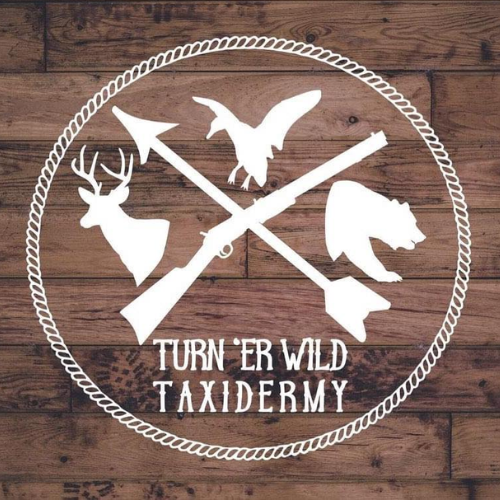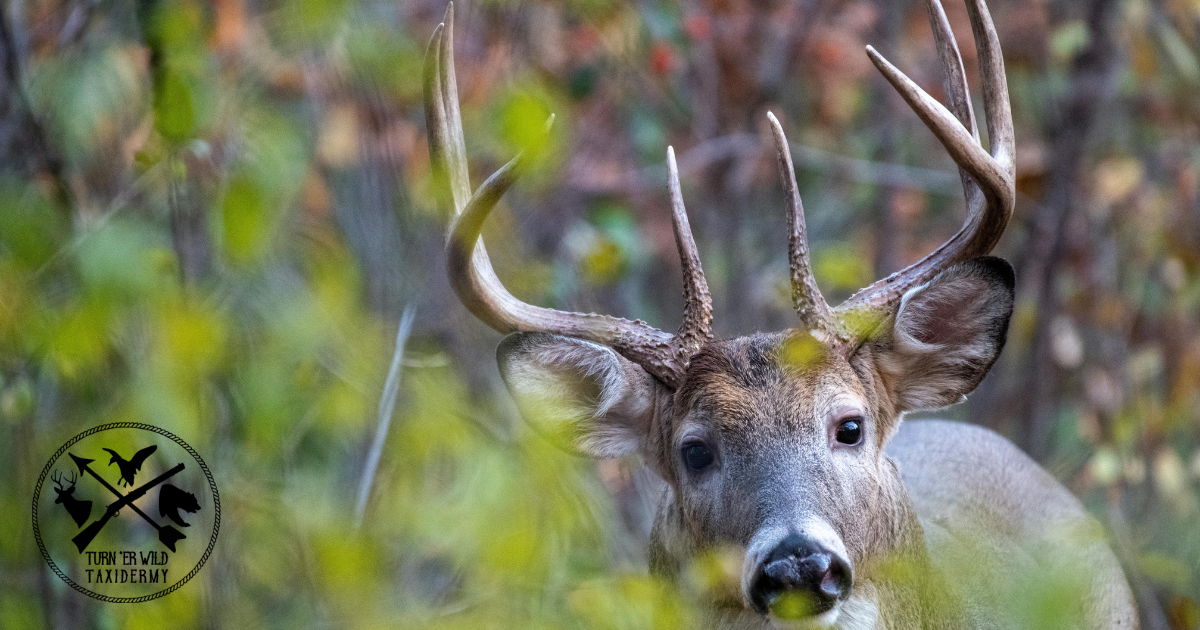If you’ve ever looked at a buck’s rack and thought, Dang, that’s impressive!—you’re not alone.
But did you know those antlers tell a bigger story than just “trophy or not”?
Yep, those crowns are like a buck’s personal biography, full of clues about their age, health, genetics, and even diet.
They grow, change, break, and sometimes turn out completely lopsided, and there’s always a reason why.
So, what do deer antlers tell us exactly?
Antlers are More Than Just Bone
Before we talk about what deer antlers tell us, let’s clear up a common mix-up.
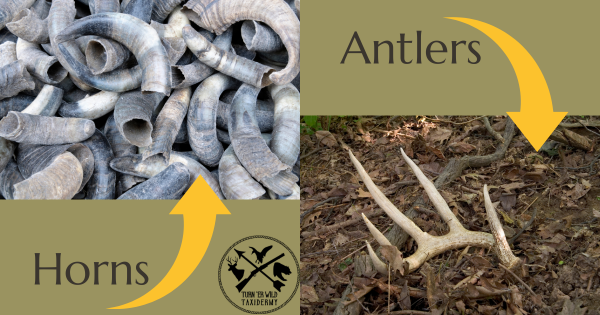
Antlers are NOT the same as horns.
Horns (like those on cattle, goats, or bighorn sheep) are permanent, while antlers are grown and shed every year.
That’s right, my friends!
Bucks regrow an entirely new set of antlers every season, and no two racks are ever identical.
How do they grow, you ask?
During spring and summer, bucks’ antlers are covered in velvet, a soft tissue packed with blood vessels that deliver the nutrients needed to grow.
By late summer, they harden into bone, and bucks rub off the velvet to reveal the final set they’ll use for sparring, showing off, and intimidating rivals.
But what makes one buck’s rack different from another?
Well, that’s where things get interesting.
Point Count: More Than Just a Number
One of the first things people notice about a buck’s antlers is how many points it has.
Eight-point?
Twelve-point?
Freak-nasty non-typical?
Hunters and taxidermists love counting those tines, but what do they actually mean?
Many people assume more points = an older deer, but that’s not always true.
The number of points is actually a mix of age, genetics, and nutrition.
🦌 A young buck can have a high point count if he’s got great genetics and access to nutrient-rich food.
🦌 An older buck might have fewer points if he’s had a tough life, injuries, or a poor diet.
🦌 Bucks don’t always grow more points each year—sometimes, they grow wider or heavier instead.
So while a high point count is impressive, it’s not the only thing that matters when it comes to what deer antlers tell us about a buck.
Why Are Antlers Different on Each Side?
Have you ever seen a buck with an uneven rack?
One side tall and clean, the other short and funky?
That’s because antler symmetry isn’t guaranteed, and there are a few reasons why one side might grow differently than the other.
🦌 Injuries – If a buck injures a leg, especially on one side, it can impact antler growth on the opposite side. Nature has a weird way of balancing things out!
🦌 Genetics – Just like people have different facial features, deer inherit unique antler patterns from their parents. Some bucks are just born to have funky racks!
🦌 Diet & Nutrition – If a deer isn’t getting enough minerals, protein, or overall food supply, one side may develop differently than the other.
This means that if you see a buck with an uneven rack, you’re looking at a piece of his life story.
One that might include an old injury, a nutritional challenge, or just bad luck in the gene pool.
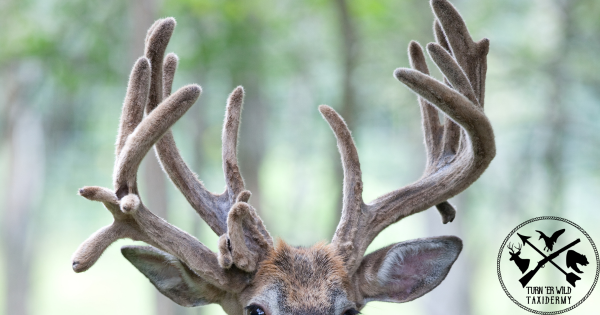
Symmetrical, Broken, or Palmated: What’s the Deal?
Not all bucks grow those picture-perfect, symmetrical antlers you see in those hunting shows.
Some antlers have extra mass, unique shapes, or even break during battles with other bucks.
Here’s what might cause different antler shapes:
🦌Palmation (a.k.a. Moose-Looking Antlers) – Some bucks develop wider, flattened antlers instead of sharp tines. This is mostly due to genetics, but nutrition can also play a role.
🦌Broken Tines & Chips – Bucks fight—a lot. When rut season rolls around, testosterone takes over, and they go head-to-head for dominance. A broken tine is usually a battle scar from one of these intense fights.
🦌Weird Growth Patterns – If a buck’s rack is shaped oddly (with drop tines, extra kickers, or non-typical points), it could be due to injuries, genetics, or even past velvet damage.
No matter the shape or condition, every rack tells a story.
A snapped tine?
That’s a warrior who’s been in the thick of it.
A palmated rack?
That buck’s ancestors might have passed down some moose-like traits.
Does Diet Affect Antlers? You Bet!
Just like in humans, you are what you eat, and the same goes for deer.
A buck munching on top-notch food sources will grow stronger, bigger antlers than one scraping by on low-quality forage.
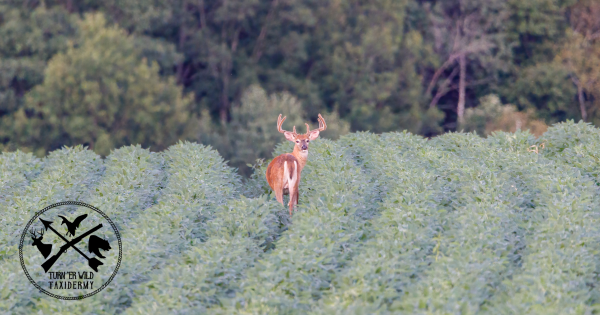
Key Nutrients for Big Racks
🦌 Protein (Legumes, Clover, Alfalfa) – Essential for overall antler growth. Bucks need 16-20% protein in their diet for optimal racks.
🦌 Calcium & Phosphorus (Tree Buds, Nuts, Mineral Licks) – The building blocks of strong, dense antlers.
🦌 Consistent Nutrition (Not Just Seasonally!) – Bucks need good food year-round, not just during velvet season.
A poor diet, especially during the spring and summer growing months, can lead to smaller racks, weaker tines, and asymmetrical antlers.
Want to see bigger, healthier bucks in your area?
Habitat management and food sources matter!
What Deer Antlers Tell Us: A Buck’s Life Story
So, what do deer antlers tell us?
Turns out, a whole lot!
Every rack is like a fingerprint, totally unique to that deer.
Whether it’s the number of points, symmetry (or lack of it), breaks, palmation, or overall mass, a buck’s antlers reveal the secrets of his health, past battles, diet, and genetics.
Next time you see a buck, take a closer look.
His antlers might just spill the story of his life, struggles, and victories.
And if you happen to take down a big ol’ bruiser, you already know who to call to preserve that one-of-a-kind story.
Until next time… Stay Wild!
